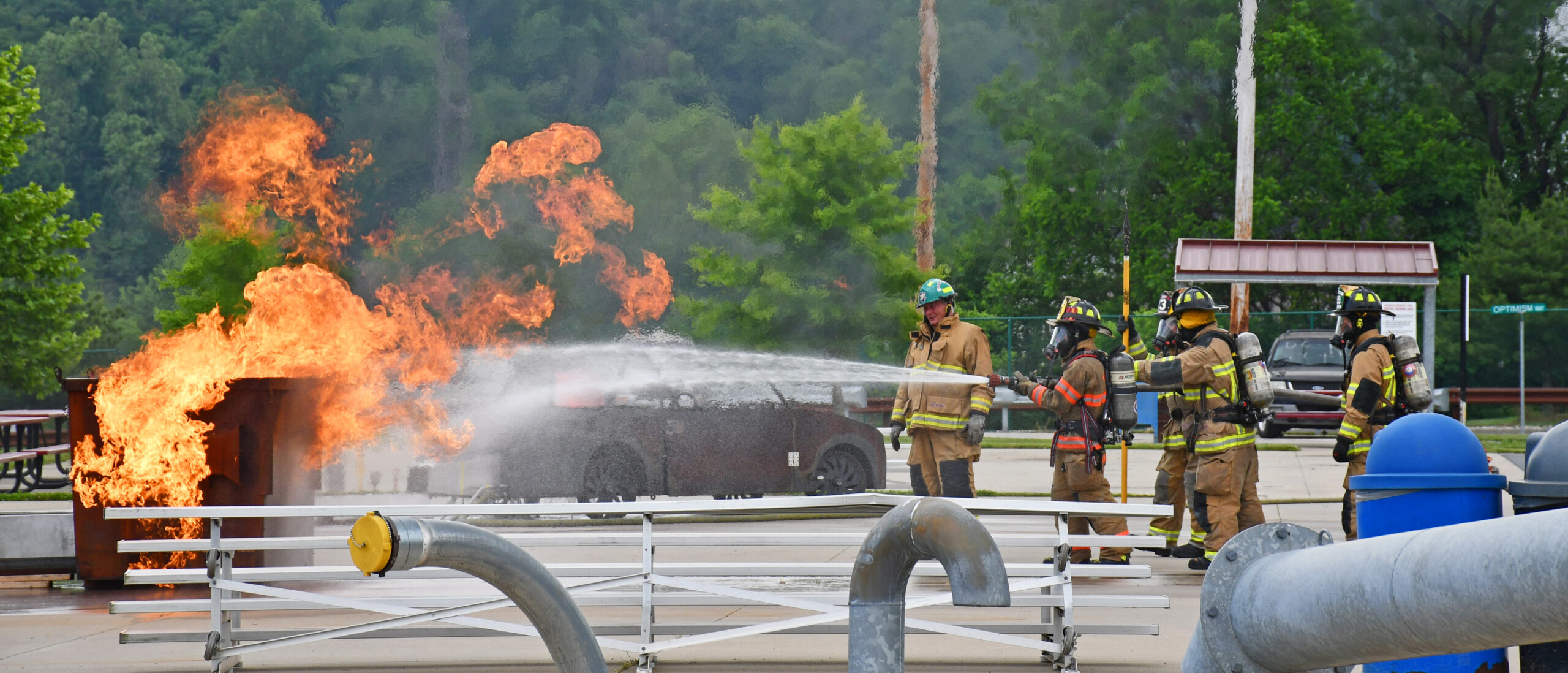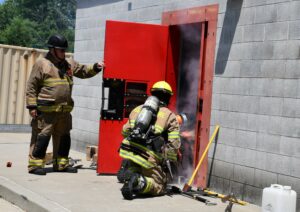Hogan Bill Would Give $7,500 Tax Break to Firefighters, EMS

With volunteers making up more than 90 percent of the state’s firefighters, one Bucks County lawmaker wants Pennsylvania to pony up with a tax credit to help local departments recruit and retain these valuable volunteers.
State Rep. Joe Hogan (R-Feasterville) has introduced legislation to create a tax credit for firefighters and EMS personnel to help recruit and retain their services.
“The pandemic, with its resulting shutdowns and civil unrest, has had a disastrous impact on recruitment, as communities that rely on volunteers to fill these needs have experienced an unprecedented drop in recruitment,” Hogan said. “We should do anything we can to promote more recruitment into these professions so our communities can keep their citizens safe.”
House Bill 1557 would give a $7,500 tax credit to fire and EMS personnel currently serving in Pennsylvania and those who move to our state to take those positions. The tax break, which would be paid in $2,500 increments over three years, would go to both volunteers and paid first responders.
According to the U.S. Fire Administration, volunteers account for 96.8 percent of firefighters in Pennsylvania, the second only to Delaware. The national average is 70.2 percent. Since the 1970s, volunteer firefighters have fallen from 360,000 to fewer than 37,000.
“I am now proposing we provide the same tax relief to firefighters and emergency medical service personnel that we recently gave to teachers, police officers, and nurses,” Hogan said, “Both provide lifesaving services and are critical to the standard of living that each Pennsylvanian should expect. Firefighters and EMS personnel are some of the most crucial workers in the commonwealth, and we should do whatever we can to keep them in the state.”
Fire Chief Eamon Brazunas of the Phoenixville volunteer fire company said he thinks the bill is a good idea.
“Yes, $2,500 is significant,” said Brazunas. He remembered about 10 years ago, the legislature offered $100. To qualify, firefighters had to fill out pages of paperwork. “The first thing is the retention part. I mean, you have guys and gals still volunteering, and you have people maybe toward the end of their volunteer life, for lack of a better term. If something can be done to keep folks involved for a few more years…Tax credits aren’t bad. Financially, $2,500 is significant.”
“So it’s really a win-win for the community,” said Brazunas. “And also for the volunteers.”
Robert Brooks, president of the Pennsylvania Professional Fire Firefighters Association, supports the bill.
“The Pennsylvania Professional Fire Fighter Association (PPFFA) is made up of nearly 10,000 members of the professional fire and emergency medical professions,” said Brooks. “Our Executive Board and our members support enhanced public safety policies, measures, and legislation. Allowing new hires to receive a tax credit could provide the opportunity to hire more professionals across the commonwealth in various municipalities.
We look forward to working on this bill and other priorities that would treat mental health as an injury for post-traumatic stress, cancer screenings for our members, and continued collective barging rights and protections.
House Bill 1557 now heads to the House Finance Committee for consideration.
Please follow DVJournal on social media: Twitter@DVJournal or Facebook.com/DelawareValleyJournal




